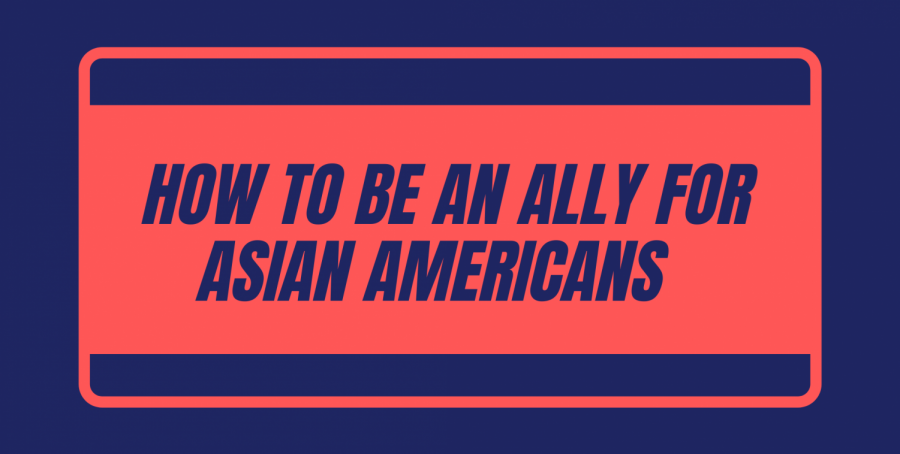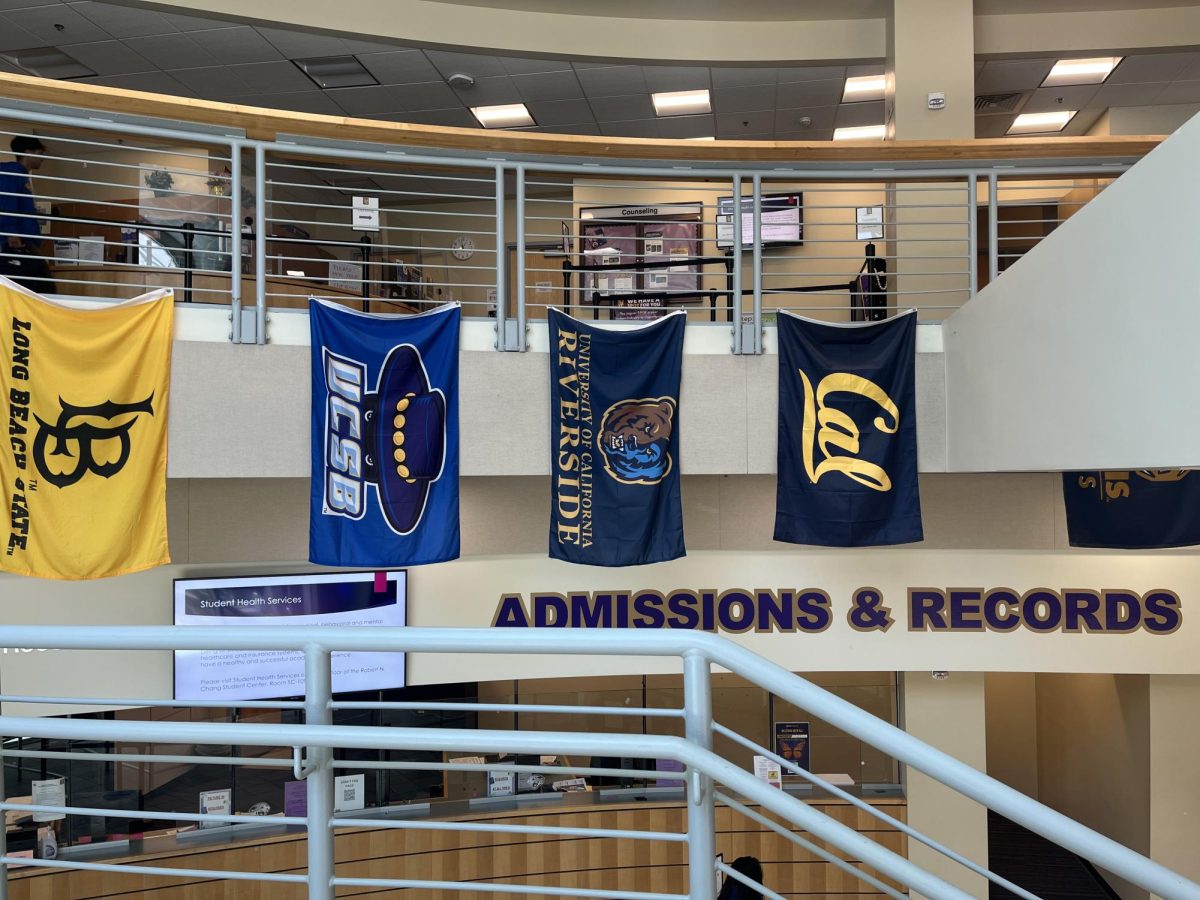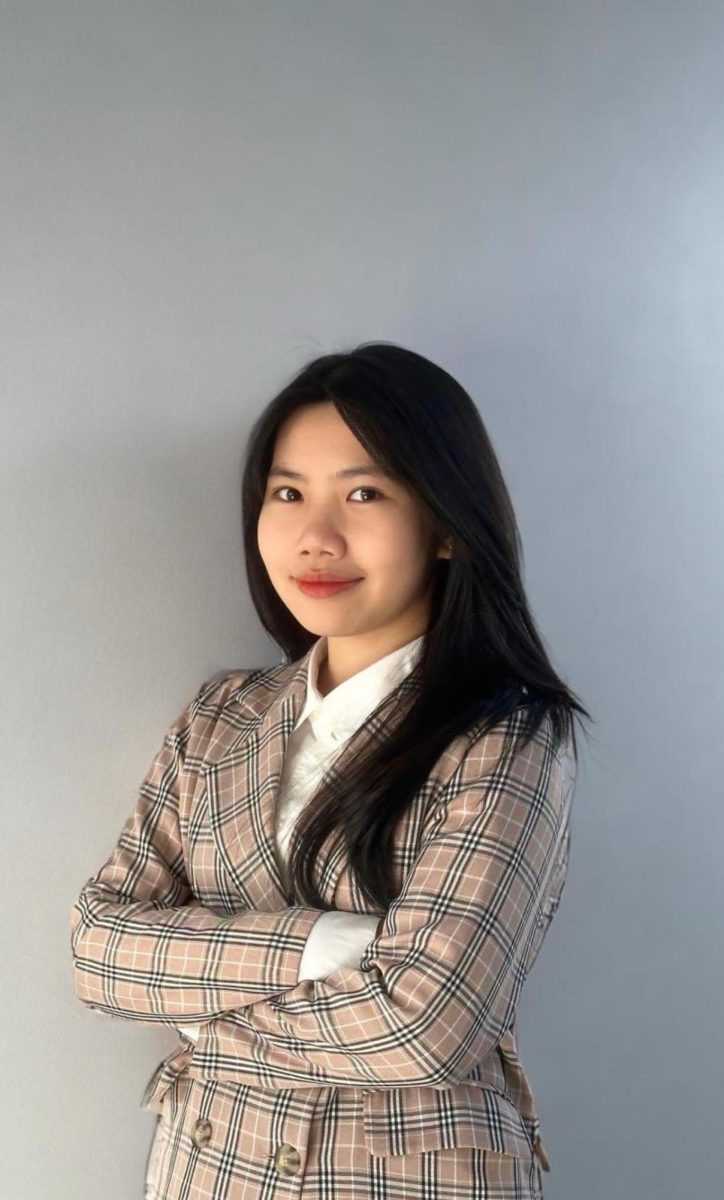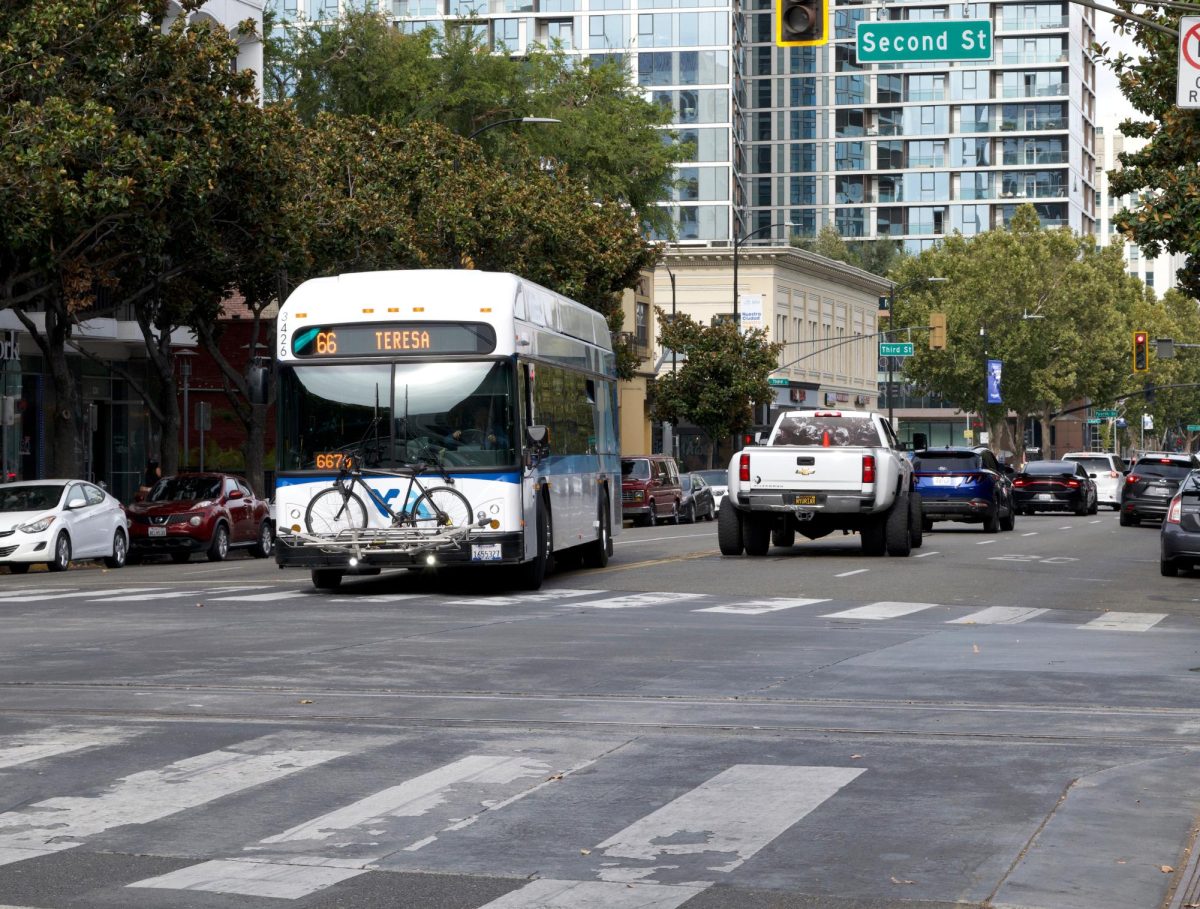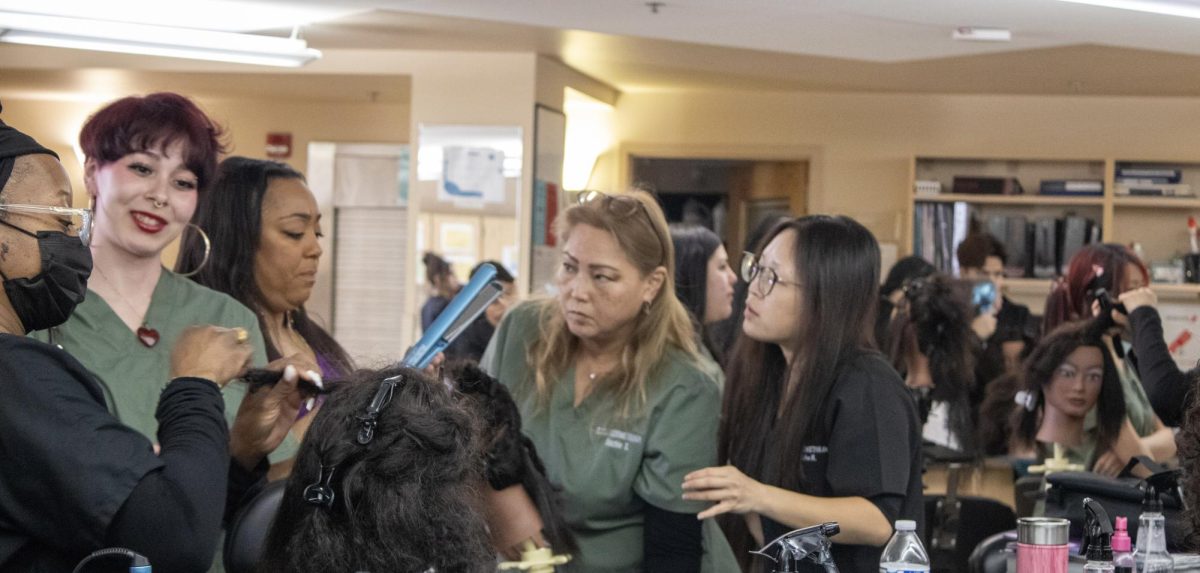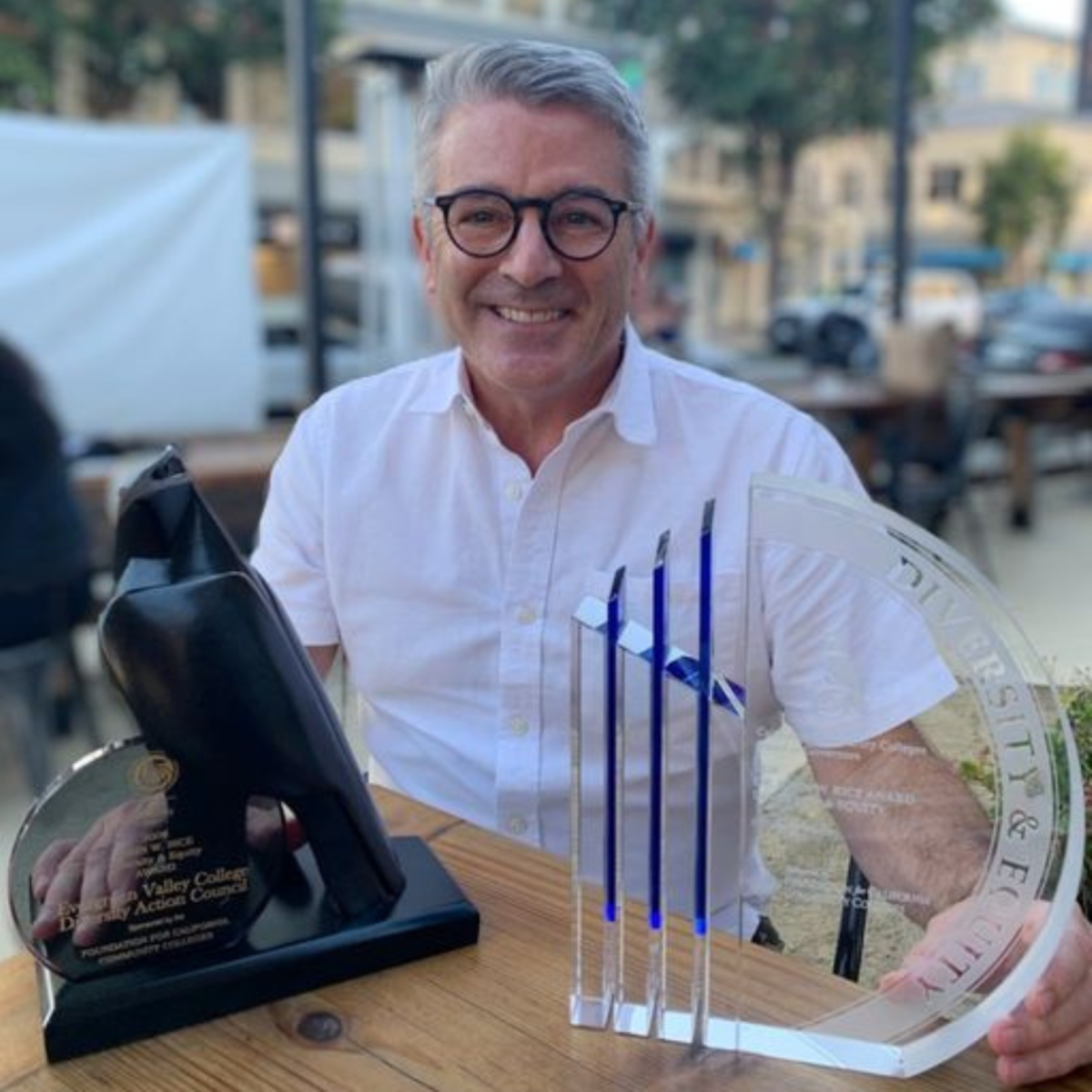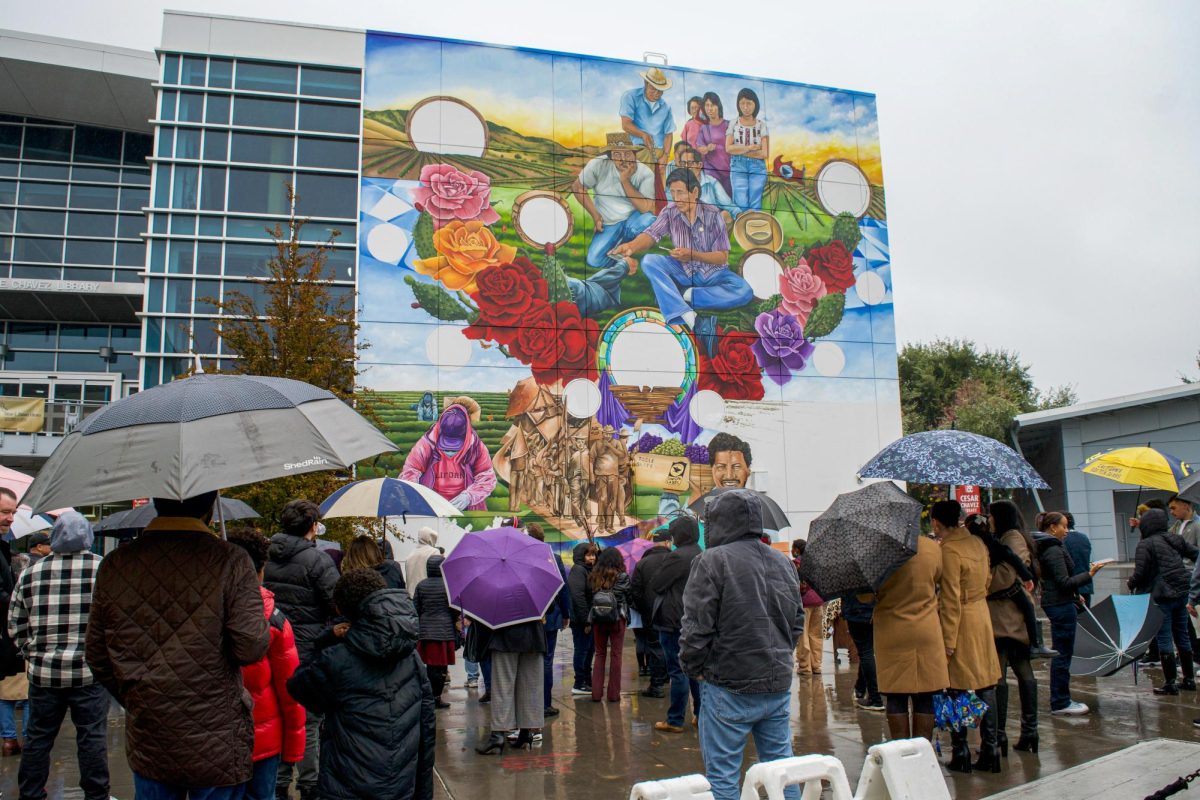The Southeast Asian American Student Excellence Club held a panel via Zoom on March 26 to speak about the rise of hate crimes in the community.
Jessica Li, Chris Fong Chew and Jennilynn Nguyen are activists currently working in the Asian American community.
Li said that the most vulnerable of recent Asian American hate crimes are the elderly.
“Because of the language barrier, especially if they’re immigrants, they don’t know how to report it,” Li said. “The elderly are an easier target because not a lot of people expect the 76 year old grandma in Downtown San Francisco to beat the guy back.”
Asian Americans face 68% rate of verbal harassment, 20% shunning/avoidance, 11% harassment and 7% online harassment. These were the statistics in a video shown to the audience that demonstrated the amount of hate crimes occurring in the Asian American community.
One thing that the panelists had in common was their opinion about the model minority myth.
“The myth was created by white people in power to make Asians the ideal racial minority to show other minority groups that if Asians can succeed so can you. This is incredibly harmful,” said Andrew Nguyen, the host of the panel. “This narrative that Asians work hard, do well in school and are abiding citizens not only paints us as a monolithic, but denies and downplays the racism that other minorities face in the U.S.”
All panelists agreed that Asian Americans are used as scapegoats.
“We have been used as a wedge between the white people as well as the Black, Native American and Latinx communities,” Li said. “This is a strategy to keep white people in power by saying to other communities that if Asians can do it so can you; and if you are upset with us, well they did it and they’re the ones to blame.”
One panelist said that the model minority myth has not only affected other races, but also backfires onto them (Asian Americans).
“There’s racial gaslighting. Asians are successful and because of that we are free from oppression or racism and the truth is we’re not,” Chew said. “As much as we might have this perception of being wealthy, it forgets that there’s a big part of the Asian community that is struggling.”
Nguyen said that Asians were still treated as inferior despite the model minority myth.
“With the model minority myth they say that Asians are successful and that racism must not exist as well, but it hurts us.” Nguyen said. “They say that we’re educated, wealthy, hardworking but disguise the truth that we’re treated like second-class citizens in this country.”
One panelist explained how this myth has allowed for the perpetration of hate crimes against the community.
“Part of the model minority myth is that we’re quiet, submissive and docile. It paints our community as a community that is easy to target, that we won’t stand up for ourselves or won’t fight back,” Chew said.
The three panelists said that hate crimes have to be recognized when seen and to not allow the media to hide the truth behind those crimes. An example used in the discussion was the March 16 spa shooting in Atlanta.
“Imagine for an instant that there were three Native American reservations that this white man went to and shot up Native Americans or three barber shops in a Black community. Would we then say that it wasn’t a hate crime?” Li said.
The main point that the panelist brought up is how others can help the Asian American community.
“Check in with your Asian family and friends and ask if they’re OK; they need support. Ask your city council members as we need more Asian representation, support Asian businesses,” Nguyen said.
Chew outlined how to be an ally to the Asian American community.
“The first step to being an ally is listening and being able to understand and elevate the voices of those around you,” Chew said. “Give space to have dialogue to understand and learn, and then do the work. Get out there and get involved.”

